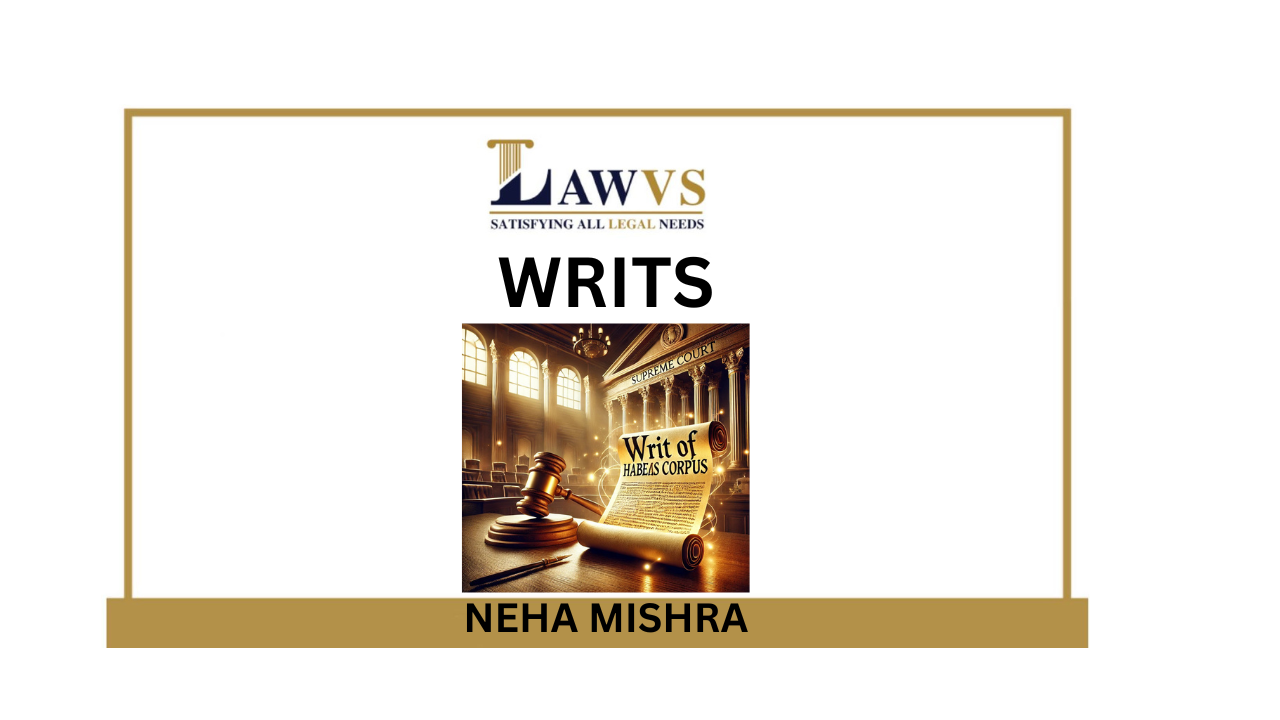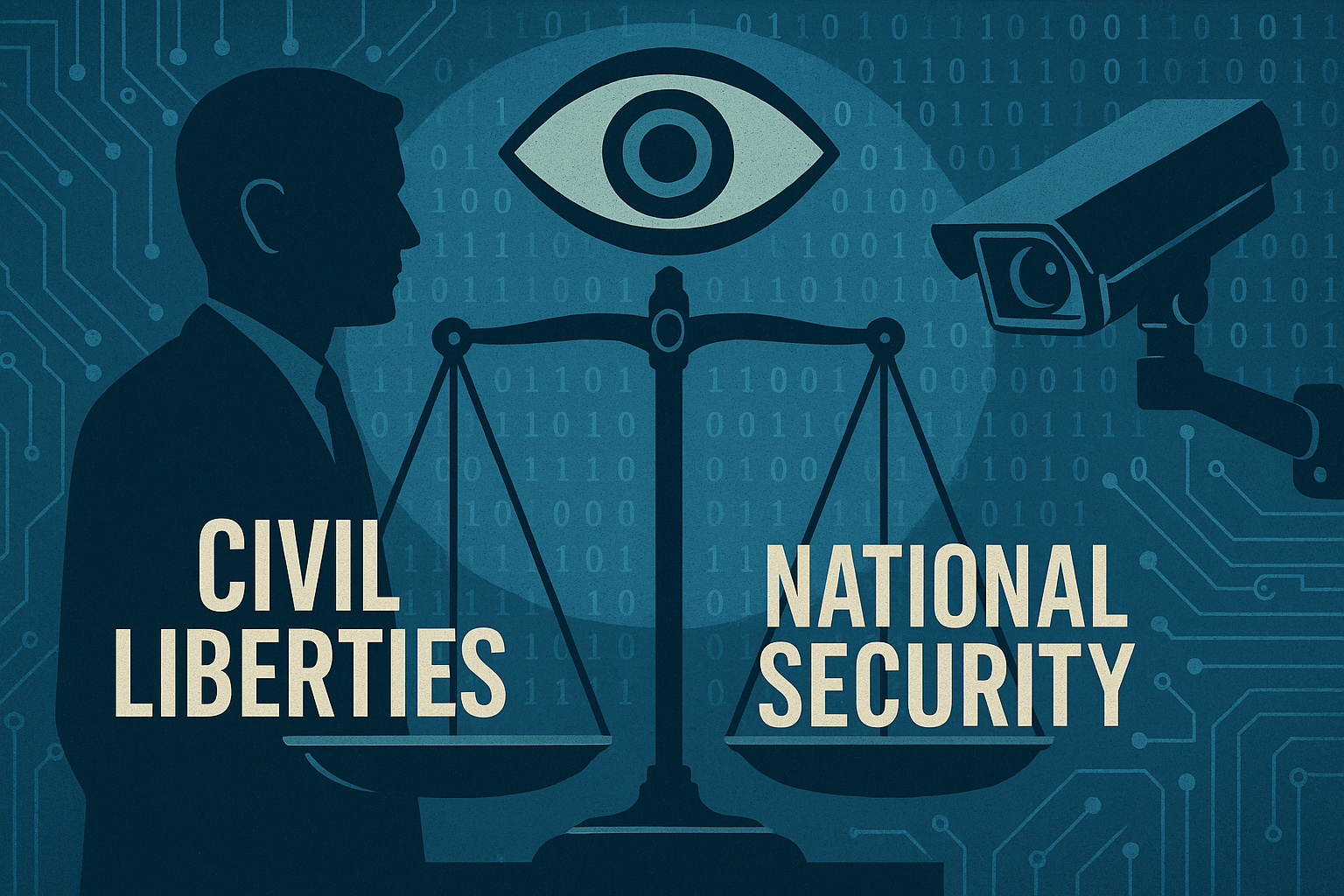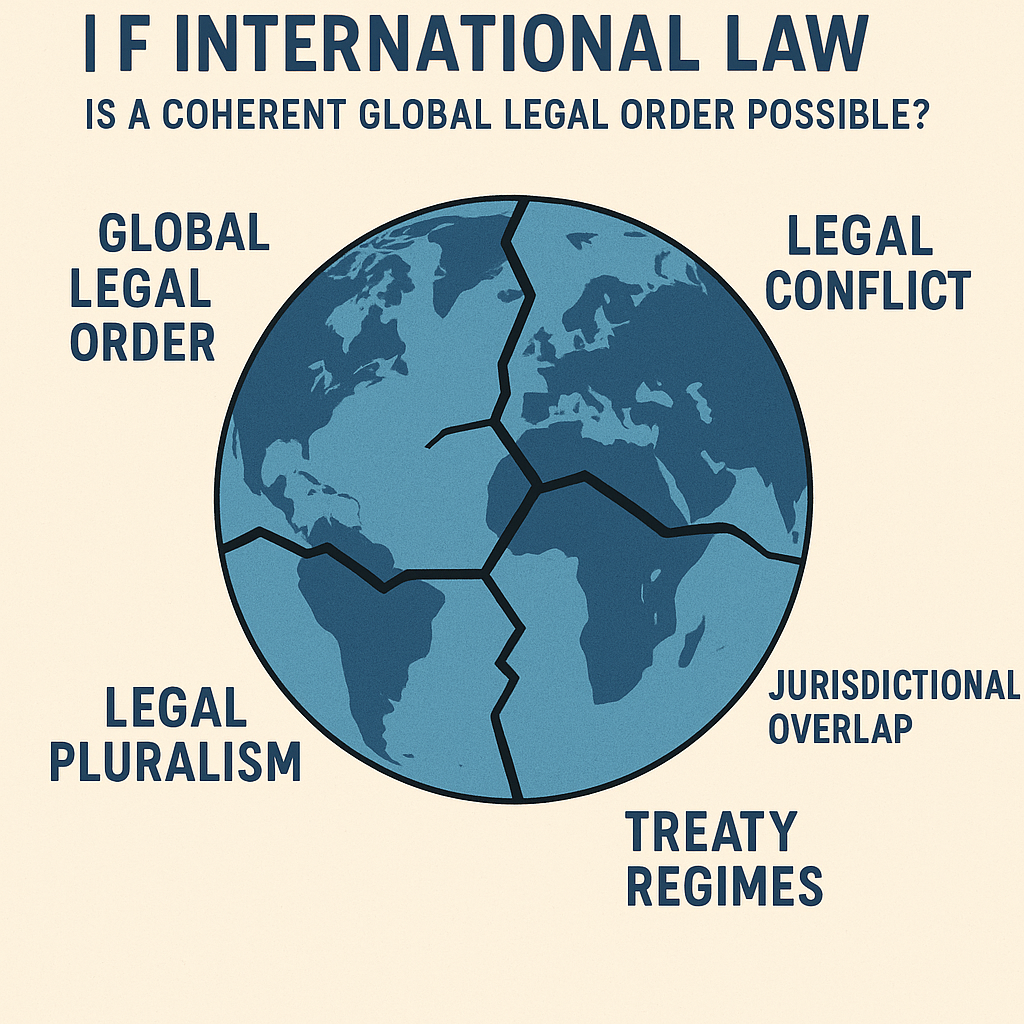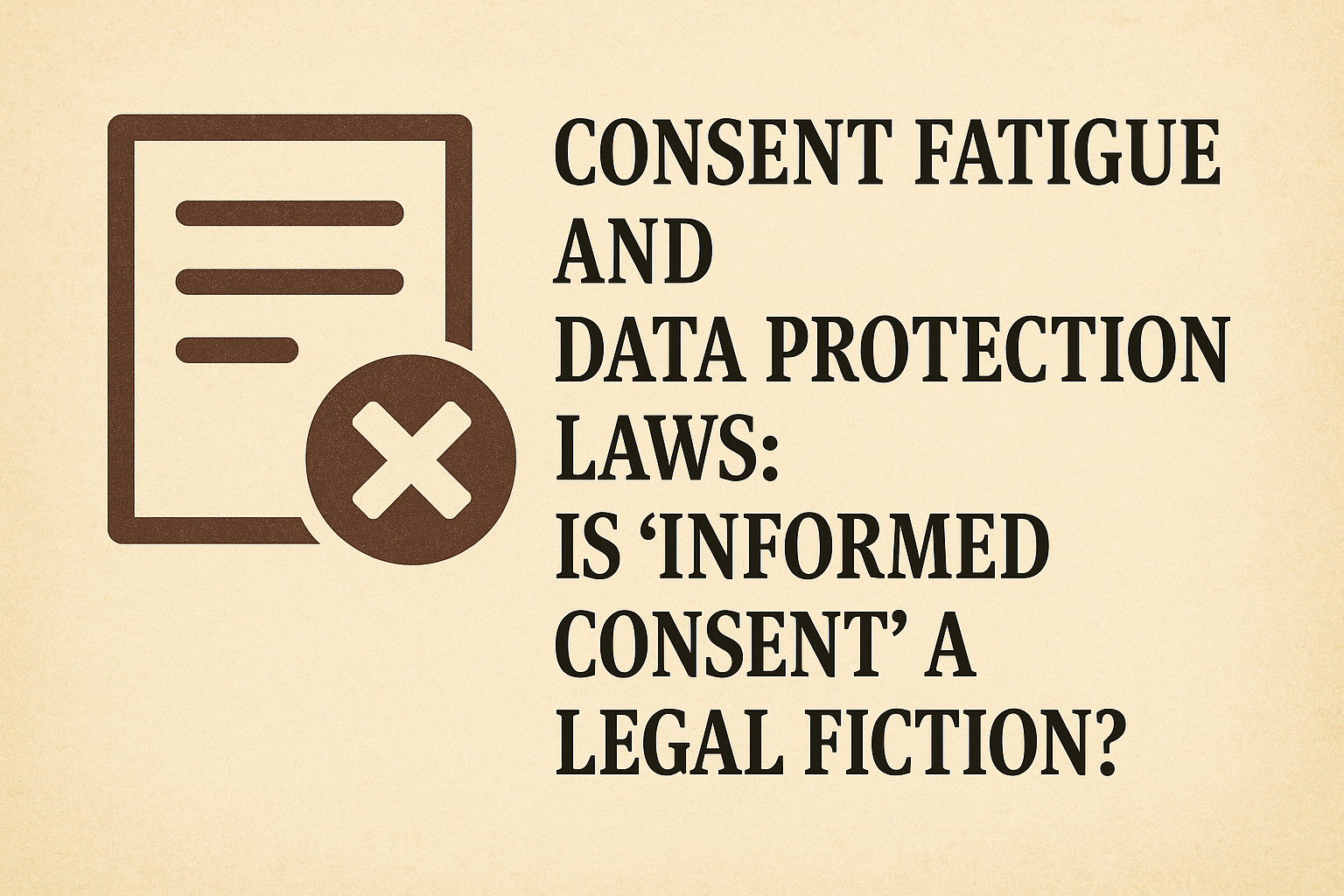Introduction
Writs are formal legal orders issued
by a court or judicial authority that command an individual, organization, or
government entity to perform a specific act or to refrain from acting in a
particular manner. They are integral to the legal framework in common law
jurisdictions and serve as vital mechanisms for enforcing rights, ensuring
justice, and maintaining the rule of law. Writs are particularly significant in
protecting individual rights against unlawful actions by the state or other
parties.
Article 32 Constitutional Remedies
Article 32 of the Constitution of India, often referred
to as the “heart and soul of the Constitution” by Dr. Bhim Rao Ambedkar,
establishes the right to constitutional remedies as a fundamental right under
Part III. This provision serves as a
Mechanism for the protection of other fundamental rights
from infringement. Specifically, it empowers individuals whose fundamental
rights have been violated by the state to seek redress from the Supreme
Court.
Subsection (1) of Article 32 grants individuals the right
to approach the Supreme Court for the enforcement of the
Fundamental rights enumerated in Part III of the
Constitution.
Subsection (2) endows the Supreme Court with the
authority to issue various legal remedies, including writs of Habeas Corpus,
Mandamus, Certiorari, Prohibition, and Quo Warranto, for the enforcement of
these fundamental rights.
Subsection (3) permits Parliament to delegate the power
to issue such orders, directions, and writs to other courts within the
territorial jurisdiction of India.
Subsection (4) stipulates that the right to
constitutional remedies as conferred by this Article cannot be suspended except
as expressly provided by the Constitution.
In the case of Fertilizer Corporation Kamgar (Union) v.
Union of India, it was held that the power conferred to the Supreme Court under
Article 32 is an integral part of the constitution and thus, belongs to the
basic structure of the Constitution of India.
As held in the case of Nain Sukh Das vs. State of Uttar
Pradesh, the scope of Article 32 is quite narrow as it can be enforced only in
cases of violation of fundamental rights conferred under Part III of the
constitution.
Article 226 power of high court to issue writs
Article 226, as enshrined in Part V of the Constitution
of India, empowers the High Courts to issue orders, directions, and writs in
the nature of Habeas Corpus, Mandamus, Certiorari, Prohibition, and Quo Warranto.
Article 226(1) of the Constitution of India empowers
every High Court within its territorial jurisdiction to issue orders,
directions, and writs to any individual or authority, including the Government,
for the enforcement of fundamental rights and other legal rights.
Article 226(2) extends the jurisdiction of High Courts,
allowing them to issue orders, directions, and writs beyond their local
jurisdiction in cases where the cause of action arises wholly or partially
within their local jurisdiction.
Article 226(3) stipulates that if an interim order is
issued under Article 226 in the form of an injunction or stay against a
respondent without:
i.Providing a copy of the petition and
supporting documents to the respondent; ii) affording the respondent an opportunity
to be heard,
Then, should the respondent file an application in the
High Court seeking the vacation of the interim order and provide a copy of such
application to the petitioner, the High Court is mandated to adjudicate the
application within two weeks of its receipt or within two weeks from the date
the other party received the application, whichever period is later.
Article 226(4) clarifies that the powers conferred upon
the High Courts under Article 226 do not diminish or derogate from the powers
granted to the Supreme Court under Article 32(2).
In the case of Bandhua Mukti Morcha v. Union of India, it
was established that the scope of Article 226 of the Constitution is
significantly broader than that of Article 32. Article 226 empowers High Courts
to issue orders, directions, and writs not only for the enforcement of
fundamental rights but also for the protection and enforcement of legal rights
conferred upon disadvantaged individuals by specific statutes, which are deemed
equally significant as fundamental rights.
Legal Framework
of Writs
1.
Definition and Nature:
Writs are prerogative orders, meaning they are issued at the discretion of the
court and are not necessarily dependent on statutory provisions. They are
rooted in common law traditions and are often enshrined in constitutional law,
reflecting the principles of justice and due process. Writs can be seen as a
bridge between the judiciary and the rights of individuals, allowing the courts
to intervene in situations where legal rights are at stake.
2.
Judicial Authority:
Writs are typically issued by courts of higher jurisdiction, such as appellate
courts or supreme courts. This authority is crucial for maintaining the
integrity of the legal system, as it allows higher courts to oversee the
actions of lower courts and administrative bodies. The power to issue writs is
often derived from constitutional provisions or statutes that empower courts to
protect individual rights and ensure that justice is served.
Types of Writs:
The most common types of writs include :-
● Writ of Habeas Corpus:
This writ is a fundamental safeguard against unlawful detention. It allows
individuals who are imprisoned or detained to challenge the legality of their
confinement. The custodian of the individual (usually a prison official) is
required to bring the detainee before the court and justify the reasons for
their detention. The principle of habeas corpus is rooted in the idea that no
one should be deprived of liberty without due process of law, making it a
cornerstone of individual rights.
● Writ of Mandamus:
This writ is issued to compel a public authority or official to perform a duty
that is mandated by law. It is often sought when a government official fails to
act in accordance with their legal obligations. For example, if a regulatory
body refuses to issue a permit that it is legally required to grant, a writ of
mandamus can be sought to compel compliance. This writ serves to ensure that
public officials fulfill their responsibilities and act within the bounds of
the law.
● Writ of Prohibition:
This writ is directed at a lower court or tribunal, prohibiting it from
proceeding with a case that exceeds its jurisdiction or is otherwise unlawful.
It serves as a check on the powers of lower courts, ensuring that they do not
overstep their legal boundaries. By issuing a writ of prohibition, a higher
court can prevent potential injustices that may arise from improper judicial
actions.
● Writ of Certiorari:
This writ allows a higher court to review the decisions of a lower court. It is
typically used to ensure that the lower court has acted within its jurisdiction
and followed proper legal procedures. The higher court can quash the lower
court’s decision if it finds that there has been a legal error or a violation
of due process. This writ is essential for maintaining the consistency and
integrity of the legal system.
● Writ of Quo Warranto:
This writ challenges an individual’s right to hold a public office or position.
It questions the authority under which the individual claims to exercise power,
thereby ensuring that only those legally entitled to hold office do so. Quo
warranto actions are often used to address issues of eligibility and to prevent
the usurpation of public office.
Purpose and Significance
● Enforcement of Rights:
Writs serve as a crucial mechanism for individuals to enforce their legal
rights, particularly in situations where those rights may be threatened by
governmental action or inaction. They provide a judicial remedy that can be
sought without the need for a lengthy trial, allowing for swift resolution of
legal grievances.
● Judicial Oversight:
Writs enable higher courts to exercise oversight over lower courts and
administrative bodies, ensuring that the rule of law is upheld and that justice
is administered fairly. This oversight is vital for maintaining public
confidence in the legal system and for preventing abuses of power.
● Protection Against Abuse of
Power: Writs act as a safeguard against
arbitrary or unlawful actions by public authorities. They empower individuals
to challenge government actions that infringe upon their rights, thereby
promoting accountability and transparency in governance. The availability of
writs serves as a deterrent against potential abuses of power by public
officials.
● Legal Clarity and Certainty:
The issuance of writs helps clarify legal obligations and responsibilities,
providing guidance to public officials and individuals alike. This clarity is
essential for the effective functioning of the legal system and for the protection
of individual rights. By establishing clear legal standards, writs contribute
to a more predictable and stable legal environment.
Conclusion
While Article 226 possesses the same authority to enforce
fundamental rights as Article 32, it encompasses a broader scope by also
facilitating the enforcement of other legal rights conferred by the
Constitution or any statutory provisions.
Nonetheless, Article 32 is often referred to as the
“heart and soul” of the Constitution, and as it constitutes a fundamental right
in itself, it cannot be denied. In contrast, Article 226, being a
constitutional right, grants discretionary power to the High Courts.
Furthermore, decisions rendered by the Supreme Court under Article 32 take
precedence over those made by High Courts under Article 226. Thus, despite the
differences in their respective powers, both articles work in tandem to ensure
the protection of citizens’ rights and the upholding of Constitutional
provisions.








